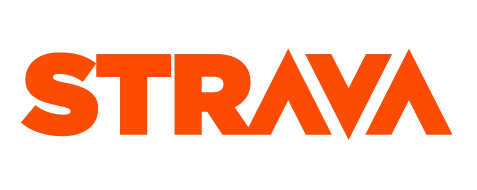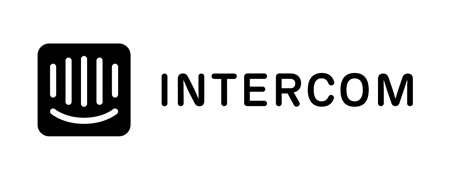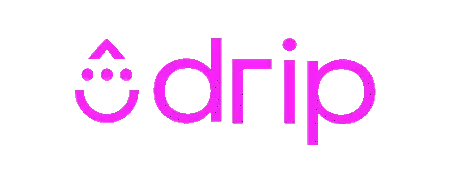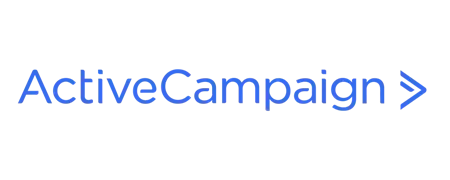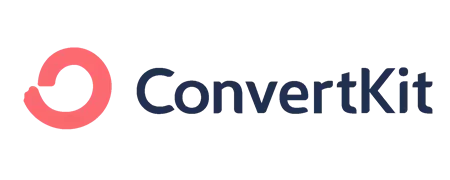A free consultation is an opportunity to introduce potential clients to your coaching approach by discussing their goals and offering insights tailored to their needs.
A free consultation is your chance to show potential clients how your coaching works while focusing on their individual goals, challenges, and desires. For example, if your ideal client is a busy professional training for their first marathon, your consultation might include actionable advice on how to structure training around a packed schedule. You might say something like, "Since you travel a lot for work, let’s focus on flexible running sessions you can do from any hotel treadmill, combined with some bodyweight strength work you can do in your room."
Or if you’re working with a new parent who’s trying to get back into training post-baby, you might offer simple guidance on how to fit short but effective workouts into unpredictable nap schedules. "You could start with 20-minute interval runs you can fit in while the baby naps, and then build from there as your routine stabilizes."
Continue reading the full post or listen to the audio version on our podcast, or watch the video version on Youtube.
These sessions are about offering value first— listening, answering questions, solving problems, and building trust. Over time, this connection could naturally lead to a coaching relationship. Even if it doesn't lead to a paid coaching engagement, you will learn a lot and develop your pre-coaching skills (sales).
This strategy works particularly well as part of the later stages of a content marketing funnel. For example, someone might first read your blog post on "How to Train for Your First Triathlon as a Busy Professional," then watch a few of your Instagram reels breaking down beginner mistakes, and finally feel ready to book a consultation. Without that initial trust-building, it’s much harder for someone to feel comfortable scheduling time with you. Time is valuable, and content marketing helps you earn the right to ask for it.
The consultation should have a clear structure led by you, the coach, to guide the athlete who might not understand how this process works. You might start with 5-10 minutes of open conversation, then shift into asking about goals, current training history, time availability, and obstacles. Having a checklist ensures you don’t miss anything.
Taking control and showing leadership during this process is essential—it’s not about being pushy, but about providing clarity. Encouraging a commitment to the next step or even drawing a clear "no" is almost equally valuable, as it saves time for both parties and ensures you’re investing your efforts where they’re most needed.
At the end of the consultation, always aim to schedule a simple follow-up, even if no coaching decision is being made yet. For example, you might say:
"Great, I appreciate you sharing everything with me today. How about we set up a follow-up in a couple of weeks? That way we can check back in, see where things are at, and decide if there's anything you'd like to move forward with."
This technique—sometimes called BAMFAM (Book A Meeting From A Meeting)—isn’t about pushing coaching; it’s simply about keeping the conversation active and scheduled, rather than leaving things open-ended and hoping they get back to you.
Regardless of whether they book a second meeting during the call, always follow up with a thankyou email or message. Include the main points you covered in the call, any insights and your advice for next steps.
Key Takeaways
- A free consultation is an opportunity to build trust by addressing specific client goals and challenges.
- Example: Help a busy professional fit training into a hectic travel schedule.
- Always have a clear structure for the consultation to guide the conversation effectively. Use a checklist
- Example: Start with goals, assess current routine, discuss obstacles, suggest initial steps.
- Schedule a next step if appropriate to keep momentum going.
- Example: "Great, I appreciate you sharing everything with me today. How about we set up a follow-up in a couple of weeks? That way we can check back in, see where things are at, and decide if there's anything you'd like to move forward with."
- Show leadership during the session to establish confidence and provide clarity for the client.
- Example: Set expectations upfront: "I’ll guide us through this so you leave today with a clear plan."
- Encourage commitment to the next steps or draw a clear "no" to save time for both parties.
- Example: "If this sounds like a good fit, we can move forward. If not, that’s totally fine too."
- This strategy will work best if you are filling your funnel via other strategies like Content Marketing and Partnerships.
- Example: Blog posts, podcast guest spots, partnerships with local running clubs.
Next Steps
- Set up an easy-to-use booking system like Calendly or SavvyCal.
- Make it easy to find. Share a link directly on your website or and your social media bios.
- Make a "Consultation Plan" that structures how you run the meeting. This doesn't need to be scripted but in the very least have an ordered checklist to go through.
- Determine what your "Call to Action" or next steps are and build that into your plan. You need to strike when the iron is hot and show leadership during the call.
Tools
- Scheduling software like Calendly or SavvyCal
- Video conferencing tools like Zoom, Google Meet or Microsoft Teams
- Online forms tools like those in Training Tilt to collect information for the consultation or to onboard new clients.
- A checklist or plan like the sample below.
Sample Consultation Checklist
Pre-Call Prep:
- Review any pre-submitted info or intake forms
- Prepare any notes specific to their sport, background, or challenges
During the Call:
- Welcome & Set Expectations (2-3 min)
- Thank them for taking the time
- Explain structure: "We'll chat about your goals, current training, challenges, and what might come next."
- Background & Goals (5-10 min)
- Ask about primary goals (short and long-term)
- Why now? What's motivating them?
- Any events, races or milestones coming up?
- Current Routine & History (5-10 min)
- Current weekly training volume (time, distance, frequency)
- Recent injuries or setbacks
- Other commitments (work, family, travel)
- Challenges & Obstacles (5 min)
- What's getting in the way?
- Where do they feel stuck or unsure?
- Initial Advice or Insights (5 min)
- Share 1–2 actionable suggestions based on what you’ve heard
- Reassure them you're confident a plan can be built around their situation
- Next Steps (2 min)
-
Offer to schedule a follow-up (BAMFAM):
"Would it make sense to book a follow-up in a couple of weeks to check in?"
-
Post-Call:
- Send brief summary email, include insights and next steps
- Confirm next appointment if booked. Give them another opportunity to book if they declined to on the call.
Related Blog Articles
Don't Over Automate Your Coaching offers insights into maintaining a personal touch during client interactions. This complements offering free consultations by ensuring that potential clients feel heard and understood.
More in this series
- Finding Coaching Clients Through Partnerships
- Social Proof and Testimonials
- Content Marketing
- Facilitating Free Challenges
- Free Consultations (This Post)
- Email Marketing
- Webinars and Q and A Sessions ... Coming Soon
- Community Networking ... Coming Soon
- Paid Advertising ... Coming Soon
Take our Free "Authentic" Marketing Course for Coaches
Designed for endurance sport coaches. Marketing doesn't need to be pushy. The best marketing simply creates a win-win relationship between you and your customers. Take the simple 6 part course to learn more.









